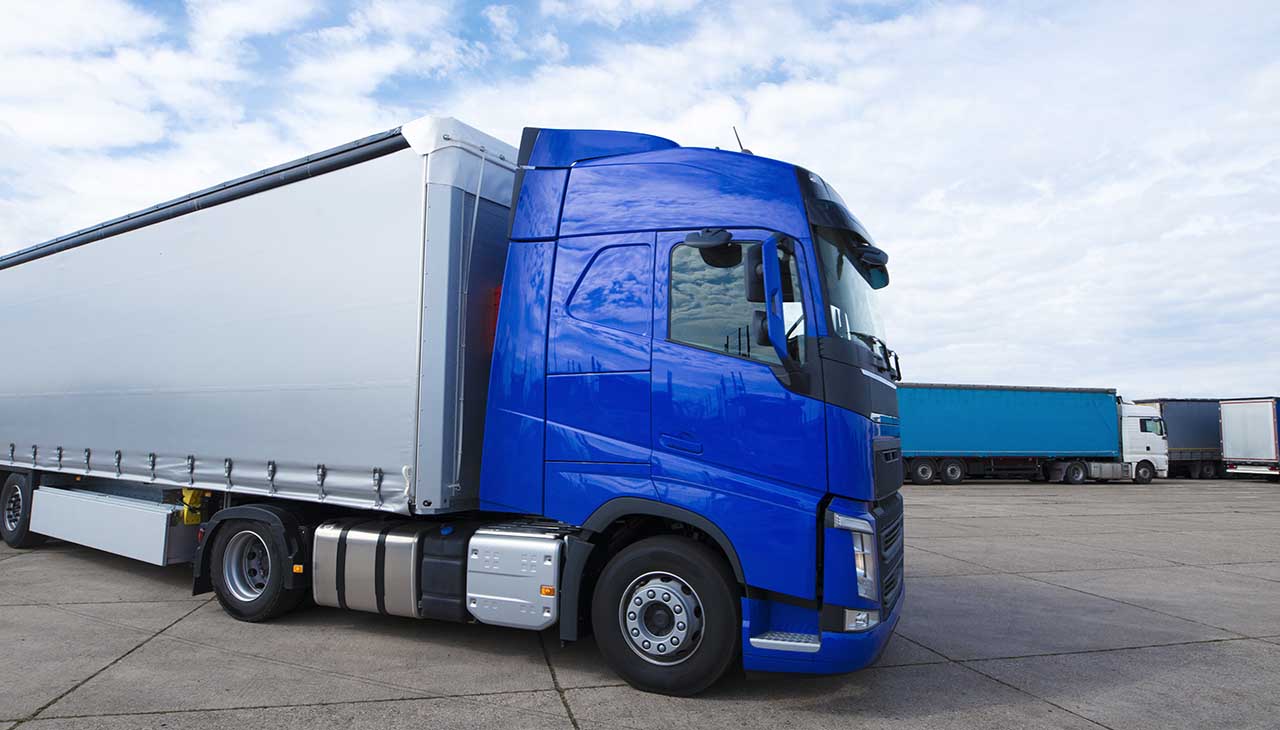Truck suspension systems play a pivotal role in ensuring the safety, comfort, and performance of vehicles, particularly in the demanding conditions of heavy hauling and off-road navigation. This comprehensive guide is designed to unravel the complexities of truck suspension systems, providing a deep dive into their functionality, types, components, and maintenance practices. Whether you’re a truck enthusiast, a fleet operator, or someone keen on understanding the intricacies of automotive mechanics, this guide aims to equip you with a thorough understanding of what keeps trucks stable on the road, why proper suspension is critical, and how it affects the overall driving experience.
Types of Truck Suspension Systems
Leaf Spring Suspension
The leaf spring suspension system is one of the oldest yet most prevalently utilized types in heavy-duty vehicles and trucks. Characterized by layers of steel or composite materials stacked together, leaf springs act as a single unit, flexing to absorb road shocks. This simplicity and durability make it a favored choice for vehicles with heavy loads, offering significant advantages in terms of cost and maintenance. However, the rigidity of the leaf spring system can lead to a harsher ride compared to more modern suspension types, making it less ideal for comfort-focused applications.
Coil Spring Suspension
In contrast, coil spring suspension systems use metal coils placed over shock absorbers to absorb road irregularities, offering a smoother ride than leaf springs. This type of suspension is commonly found in passenger vehicles but has seen increased application in lighter trucks for enhanced ride quality and handling. Coil springs adjust more dynamically to road conditions, which significantly improves vehicle control and passenger comfort. Despite these advantages, coil spring systems can be more complex and expensive to repair or replace compared to leaf springs.
Advantages and Disadvantages of Air Suspension
Air suspension systems represent a more advanced solution, utilizing air bags that can adjust to changing road conditions and load demands dynamically. The primary advantage of air suspension is its unparalleled ride quality and the ability to maintain a consistent vehicle height, regardless of load weight. This adaptability is especially beneficial for trucks carrying variable load weights, ensuring safety and stability. However, air suspension systems are complex and require more maintenance and attention compared to leaf and coil spring systems. They also represent a higher initial investment, which can be a significant consideration for fleet operators. Despite these considerations, the enhanced performance, and adaptability of air suspension systems make them a popular choice for modern trucks.
Key Components of Truck Suspension
Shocks and Struts
Shocks and struts are critical components in a truck’s suspension system, designed to absorb impacts from road irregularities, thus preventing them from transferring directly to the vehicle and its occupants. Shocks, or shock absorbers, minimize the motion of a truck’s springs as they compress and rebound during travel, ensuring a smoother ride. Struts, on the other hand, perform a similar function but are structurally different because they are a structural part of the suspension system, supporting the vehicle’s weight, aligning the tires, and providing a mounting spot for the coil spring.
Control Arms
Control arms are pivotal elements that connect the suspension system to the truck’s chassis. They house the bushings and ball joints that allow the wheels to move up and down and pivot as the vehicle navigates turns. By managing the motion of the wheels, control arms play an essential role in maintaining vehicle stability and alignment.
Sway Bars
Sway bars, also known as anti-roll bars, are utilized to reduce body roll during sharp turns or uneven road conditions. They are typically connected between the left and right wheels through links to the suspension, working to distribute weight more evenly across the tires when the vehicle turns, enhancing stability and handling.
Bushings and Bearings
Bushings and bearings are components that reduce friction between moving parts within the suspension system, offering a cushion that absorbs shock and reduces wear. Bushings are usually made of rubber or polyurethane and are found in areas like the control arms, where they dampen vibration and noise. Bearings, on the other hand, facilitate smoother movement of the suspension components, crucial in maintaining the vehicle’s ride quality.
Each of these components plays a vital role in the overall function and durability of a truck’s suspension system, ensuring that it can withstand the demands of heavy loads and challenging road conditions while providing a comfortable and safe ride for the driver and passengers.
How Truck Suspension Works
The functionality of suspension components and their impact on ride comfort and handling cannot be overstated. At the heart of a truck’s suspension system, these components work in unison to absorb and mitigate road irregularities, ensuring the vehicle remains stable and responsive under various driving conditions. The design and integrity of shocks and struts are crucial; they directly affect how well a vehicle can absorb impacts and maintain tire contact with the road surface. Improved tire contact ensures better handling, braking, and acceleration. Control arms and sway bars contribute significantly to vehicle stability by managing the motion of the wheels and distributing weight evenly during turns, minimizing body roll and enhancing the driving experience.
On the other hand, bushings and bearings play a vital role in dampening vibrations and noise, contributing to a more comfortable ride for the occupants. Their ability to reduce friction and wear between moving parts also prolongs the lifespan of suspension components. By understanding the specific function of each part, it becomes clear how they collectively shape the driving dynamics of a truck, balancing the trade-offs between handling precision and ride comfort. This intricate balance is what makes modern suspension systems a critical factor in vehicle design and performance, ensuring both safety and enjoyment for drivers and passengers alike.

